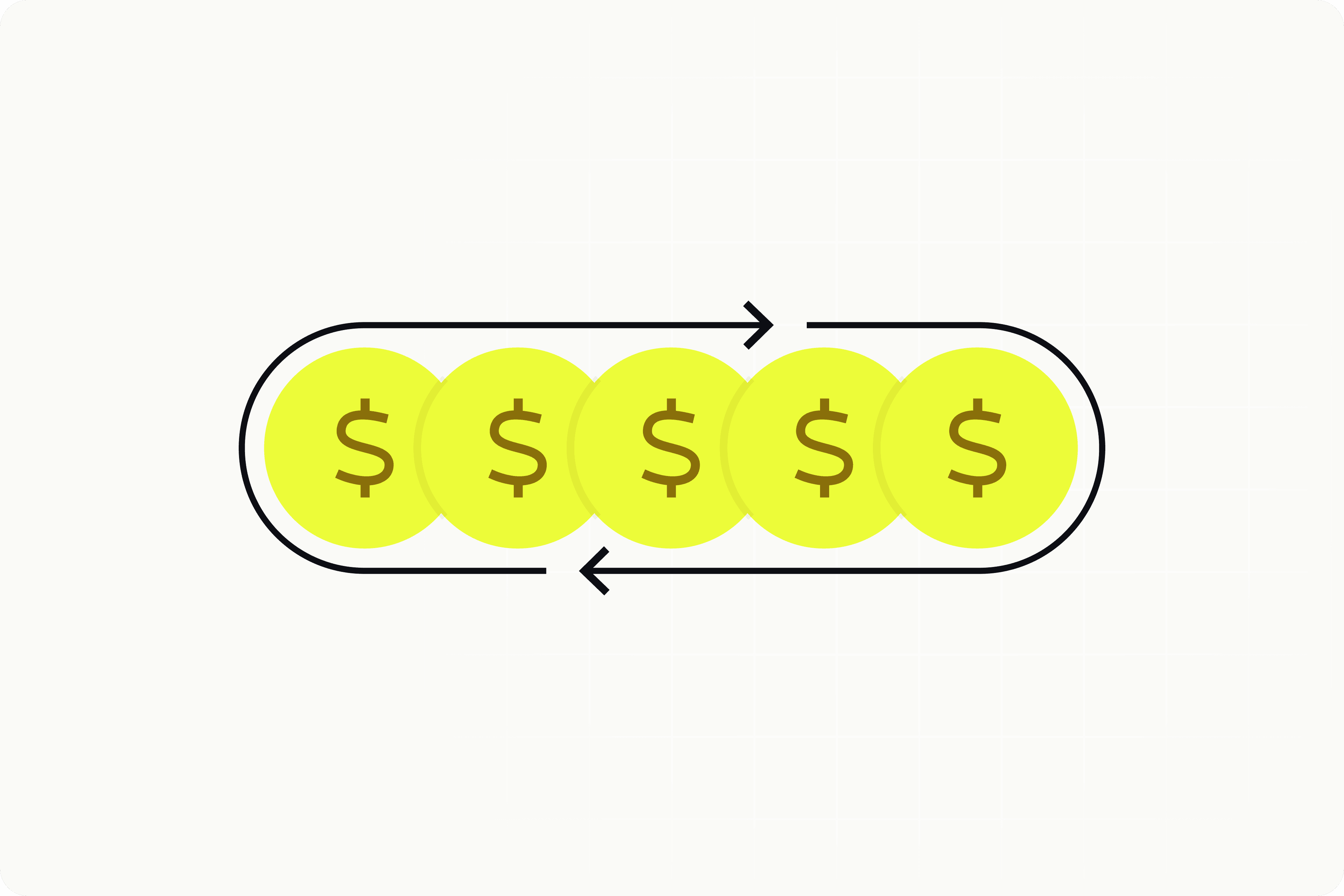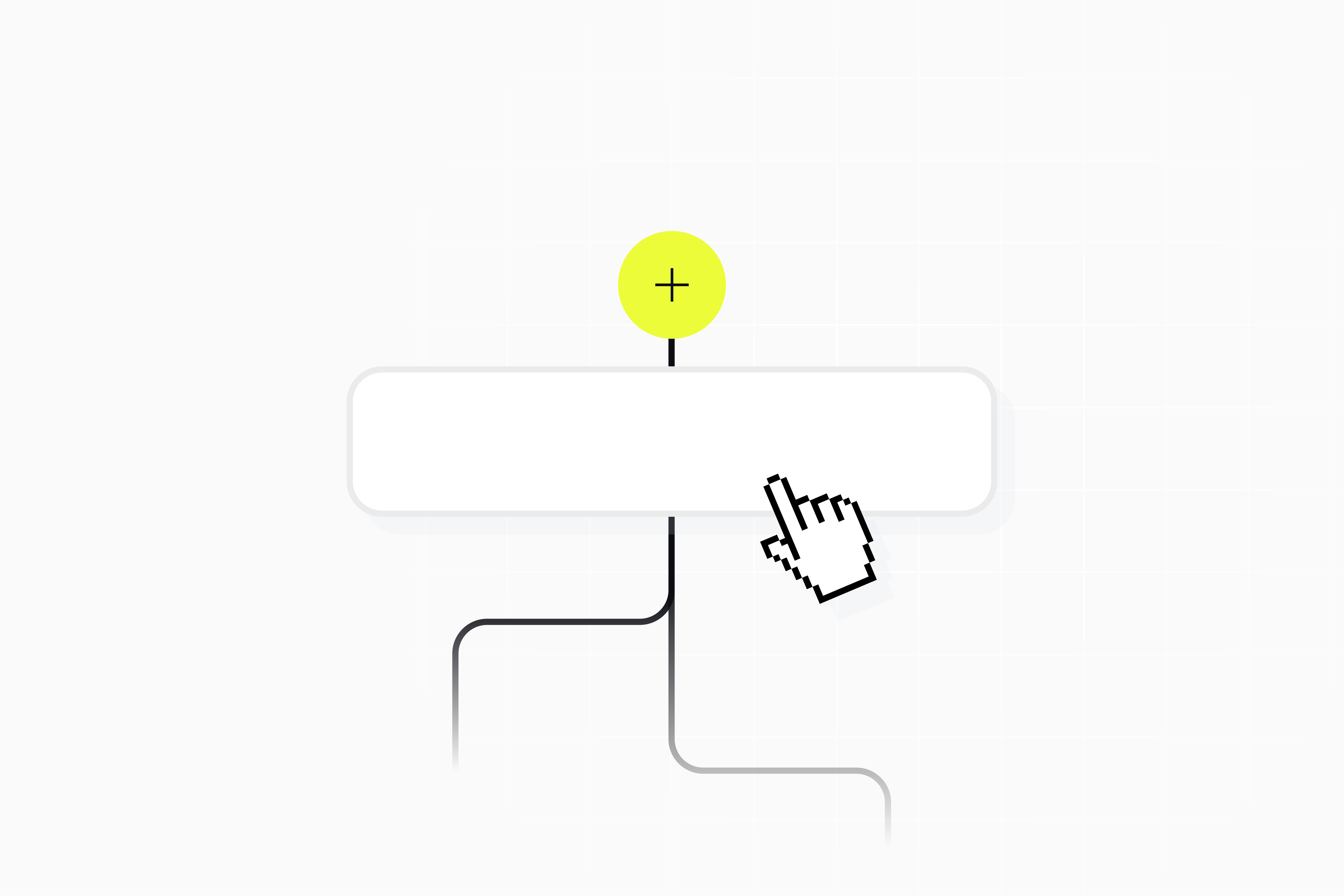When it comes to commercial loan products, innovative leaders increasingly recognize the importance of customer experience. Before laying yours out, it’s important to understand the intricate process of designing a B2B lending program. It should not only meet regulatory standards but also address the unique needs of your clients.
By focusing on program structure, customer touchpoints, and anticipating potential pitfalls, you’ll be on your way to creating a lending experience that shines.
Structuring your lending program
When crafting your loan agreements, it is crucial to reflect the actual operations of your loan product precisely. For instance, terms related to how and when interest is charged—whether upfront or in arrears—and whether payments are treated as interest or fees must be clearly defined. This precision helps avoid potential legal challenges and misclassifications that could significantly impact business operations.
- Be specific with the loan agreement. Make the loan agreement reflect the actual product operations as they are today. Even if you plan to offer custom terms or additional financing products in the future, what you communicate to borrowers should reflect the product as they would experience it in its current state. Legal documents should be precise with interest charges (whether they are in arrears or upfront) and whether payments are considered interest or fees.
- Make the product and customer experience clear. Consider how customers will experience the loan product. This should include visibility and an intuitive understanding of interest calculations or fees. At the same time, ensure that the product is user-friendly and that the financial obligations are clearly communicated through the operating system. We can’t stress enough the importance of maintaining thorough documentation and a robust audit trail to support financial and operational integrity.
- Build in flexibility to support future loan products. The loan agreement needs to be able to be modified in response to payment issues or to adjust to new product offerings. For instance, if you expand from offering only a merchant cash advance (MCA) product to new lines of credit, your system should have the infrastructure to support both.
- Address operational and data integrity concerns early. Be diligent about data integrity while handling money movements and collections. This is especially important when operations deviate from automated systems to manual interventions, such as in edge cases where a late fee is forgiven. Maintain an accurate loan portfolio understanding for effective underwriting and risk management.
- Prepare for unforeseen circumstances. Consider how you’ll address situations where customers may not pay on time or make a partial payment. Does your loan system have the flexibility to accommodate these scenarios?
- Make sure your product is in compliance. If you’re creating a new loan product, think through the loan structure and ensure it complies with fair lending laws and regulations. This will help you avoid classifications that could affect your business operations (for instance, an MCA or line of credit misclassification).
- Align with bank sponsors and internal teams. Successful lending programs often involve partnerships that enhance the product offering. Early involvement of bank sponsors and alignment across departments ensures that the product is both feasible and aligned with business goals. Cross-departmental collaboration (credit, legal, operations, engineering) can also help you align on product and loan structure.
Designing the customer experience
When designing your customer’s experience, consider how they will interact with your loan product.
Is the interest calculation something they see and understand daily, or is it more hands-off, with fees presented upfront? The goal is to create a system that is easy to understand and interact with while still providing the flexibility to accommodate changes such as payment delays or modifications to the loan terms as customer needs evolve.
Start by identifying the common challenges your customers face with current financing options. This understanding will guide the customization of your lending solutions. For instance, let’s say you offer runway financing for software companies. In addition to a merchant cash advance, it’s possible your market could benefit from other services, such as venture debt capital or branded virtual cards.
As Kevin Phillips, former Executive Vice President at Novo (which supports 200K+ small business owners throughout the U.S.) described:
“We found that most small businesses don’t need five-year loans, and they certainly don’t need them very often. Most of the time, what they need is working capital, and it’s episodic. It’s not like they can plan that one of their customers will be late paying them, yet they still have to pay their bills… We provide them with the ability to use working capital as they need it and repay it when they’re done.”
In this case, Novo offered a custom working capital solution to small businesses, rivaling traditional loans offered by traditional banks. This set both Novo and the businesses they support up for long-term success.
Hands-on vs. Hands-off
Decide on the level of interaction you want with your customers. For a hands-on approach, consider direct engagement through customer success teams to address specific needs and provide tailored solutions. Alternatively, a hands-off approach might involve automated systems that allow customers to manage their loans independently, which is suitable for clients who prefer minimal interaction.
For instance, a hands-off approach might involve embedding a lending experience within a digital platform where customers can apply for and manage loans without direct interaction.
Here’s a hands-off example from Trevipay, a B2B payment solutions company:

On the other hand, a more hands-on approach might involve concierge service where account managers actively work with high-value clients to adjust terms and ensure an understanding of their financial obligations.
Expect things to go wrong
Any fintech or SaaS company operating in collections and money movement is bound to have issues. We’ve found this is especially true for those working on innovative financing options for their customer segment. While it’s great to plan for the happy path of on-time payments and a smooth, automated system, you should also expect things to go off the rails sometimes.
Inevitably, there will be payment failures, retries, etc. When an operations team is left to plug these gaps manually, it can have downstream consequences. If someone intervenes in a one-off scenario, how can you ensure that it’s still recorded in the system so that your understanding of the loan portfolio is always accurate?
One of the main issues B2B lenders face in their infancy when launching a specialty or innovative product is data integrity. In the worst case here, you may not know how much money is actually owed. Additionally, if you’re training models on all of your system data, you impair the integrity of your underwriting model in predicting things because the underlying loan data is inaccurate.
Operational integrity is paramount, especially when deviations from standard processes occur. Make sure that any and all manual interventions—such as handling payment failures or retries—are meticulously recorded to maintain the accuracy of your loan portfolio data. This diligence is essential not only for regulatory compliance but also for ensuring the effectiveness of your underwriting models and decision-making processes.
A foundation for growth
Designing a robust, flexible, and customer-centric B2B lending experience is crucial for the success of any commercial lending program. By carefully structuring the program and anticipating challenges, lenders can build a foundation that not only meets the needs of today’s businesses but is also poised for future growth and innovation.
Want a deeper understanding of how to structure your B2B lending program? Grab the Blueprint for a Thriving Business Loan Program.




